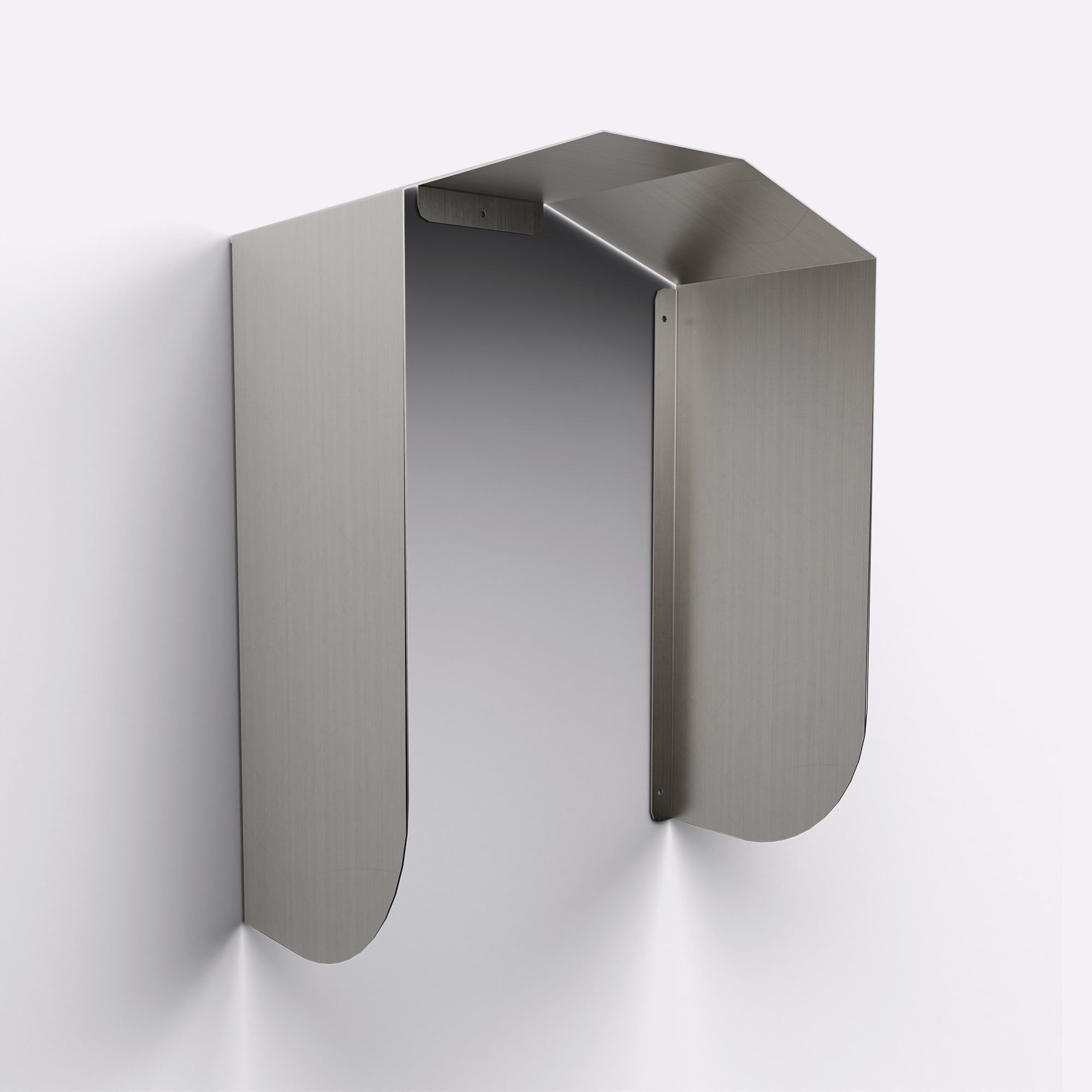To get the most out of your electric vehicle and its charging, especially during the summer season, it is important to know a few simple tips. There are some things to know about using electric vehicles in summer, as well as practical tips for using your electric car in hot weather and driving safely. This guide offers practical tips for charging and driving your electric car in summer, to maximize the life of your battery and improve your driving experience.
Understanding the specifics of charging electric cars in summer
Impact of heat on batteries
Electric vehicle batteries work best at moderate temperatures. Extreme temperatures, especially intense summer heat, can affect their performance and longevity. Heat can cause accelerated degradation of battery cells, reducing its long-term capacity. Additionally, battery thermal management systems must work more intensively to maintain optimal temperature, which can result in additional energy consumption.
Cooldown and efficiency
In summer, batteries may reach high temperatures more quickly when charging, which may result in a reduction in charging speed to protect the battery. This means your electric vehicle might take longer to charge in hot weather. Understanding these specifics is crucial for effective summer charging and travel planning.
Crowds at charging stations
The period from July to August sees heavy traffic on French roads due to school holidays and the famous weekend commutes. This situation can often lead to prolonged waiting times at charging stations, especially on busy roads. It is therefore recommended to plan your route in advance and to ensure that you have several options for charging, thus ensuring a more peaceful trip in an electric car.

Recommendations for recharging in summer
→ Recharge cool
One of the easiest ways to protect your electric car and charging equipment from the damaging effects of heat is to charge in the shade or in an underground or enclosed parking lot. These cooler environments help keep the battery at a more stable temperature. If you must charge outdoors, try to find a shady spot to minimize direct sun exposure. And if this is not possible, rest assured, your vehicle will still be able to recharge
→ Protect your charging station from the sun
The charging station itself can also be affected by heat. It is advisable to protect your home charging station from direct sunlight by using specific shelters or charging station canopy. This helps keep the station at an optimal operating temperature, ensuring more efficient and safe charging.
→ Schedule charging in the evening
To avoid high temperatures during the day, it is recommended to schedule your vehicle to charge in the evening or night, when temperatures are cooler if possible. Most modern electric vehicles allow you to schedule charging via their management system or a mobile application. Nightly charging not only protects your battery, but can also take advantage of lower electricity rates during off-peak hours.
→ Use of fast charging stations in summer

Direct current (DC) fast charging stations offer an efficient solution for recharging electric vehicles in minimal time, which is particularly useful during long summer journeys. Here are some specific recommendations for the use of fast charging stations in summer:
- Prefer cool hours for charging: By traveling early in the morning or late in the evening, you will be able to take advantage of charging stations that are often less busy and a cooler temperature for charging vehicles.
- Prefer partial recharges: To optimize your journeys and preserve the health of your battery, it is advisable to recharge your vehicle to 80%, or according to the manufacturer's recommendations, rather than aiming for a complete recharge to 100%. And space out the quick recharges to allow time for the battery to rest and cool down between each session.
- Monitor battery temperature: Many electric vehicles are equipped with thermal management systems that regulate battery temperature. Before plugging your vehicle into a fast charging station, check the battery temperature via the dashboard or the dedicated mobile app. If the battery is already very hot after a long ride, it may be best to wait until it cools slightly before starting fast charging.
- Use air conditioning sparingly: During fast charging, avoid leaving the air conditioning running at full speed if possible. This may increase power consumption and extend charging time. If you must use the air conditioning, try setting it to a moderate temperature or use the pre-conditioning function to cool the cabin before starting your journey.
Recommendations for driving an electric car in summer
→ Program the air conditioning during charging
To minimize battery consumption, schedule your vehicle's air conditioning while it is charging. This helps cool the interior of the car before your journey begins, without draining the battery. You can use mobile apps to pre-condition your vehicle, ensuring a pleasant and energy-efficient departure. However, it is best to carry out this operation when the vehicle is protected from heat, such as at night or in a closed parking lot. Indeed, if the vehicle is in direct sunlight, this could have the opposite effect and extend the vehicle's charging time.
→ Optimize air conditioning
Using air conditioning efficiently is crucial to preserving the range of your electric vehicle in summer. For example, activate the air recirculation mode to cool the cabin more quickly without excessively straining the air conditioning system by cooling the hot outside air. This helps maintain a pleasant temperature while minimizing energy consumption.
→ Adopt eco-driving
Eco-driving is particularly important in summer to maximize the range of your electric car. Avoid sudden acceleration and drive smoothly and steadily. Using the ECO driving mode available on most vehicles can also help optimize energy consumption.
→ Plan routes
During long journeys in summer, it is essential to plan your routes to avoid traffic jams and ensure access to compatible charging stations. Using trip planning applications allows you to check information on available charging stations, their connector types and their operating status. This allows you to plan optimal charging breaks and avoid surprises along the way.
Conclusion
Driving and charging an electric vehicle in summer can be optimized with a few simple precautions to ensure optimal performance and extend battery life. By following these tips, you will enjoy better performance, greater peace of mind and an enjoyable, efficient and long-lasting driving experience during the hottest months of the year!
And you, do you have any tips to share with us for charging and driving electric vehicles in summer? 🌞







Bonjour JC,
Il existe plusieurs facteurs pour prolonger la durée de vie d’une batterie : la méthode de recharge, les conditions de recharge, la qualité du matériel de recharge et le mode de conduite sont les principaux facteurs.
Vous trouverez des conseils supplémentaires dans nos guides de la recharge ou encore sur Automobile Propre : https://www.automobile-propre.com/dossiers/la-duree-de-vie-des-batteries-des-voitures-electriques/
L’équipe Mister EV
Bonjour , dans votre conclusion vous indiquez( et prolonger la vie de la batterie ) comment faite vous ??
et aussi ,faut il laisser la batterie constamment branché les jours ou l’on n’utilise pas la voiture .
merci
Leave a comment